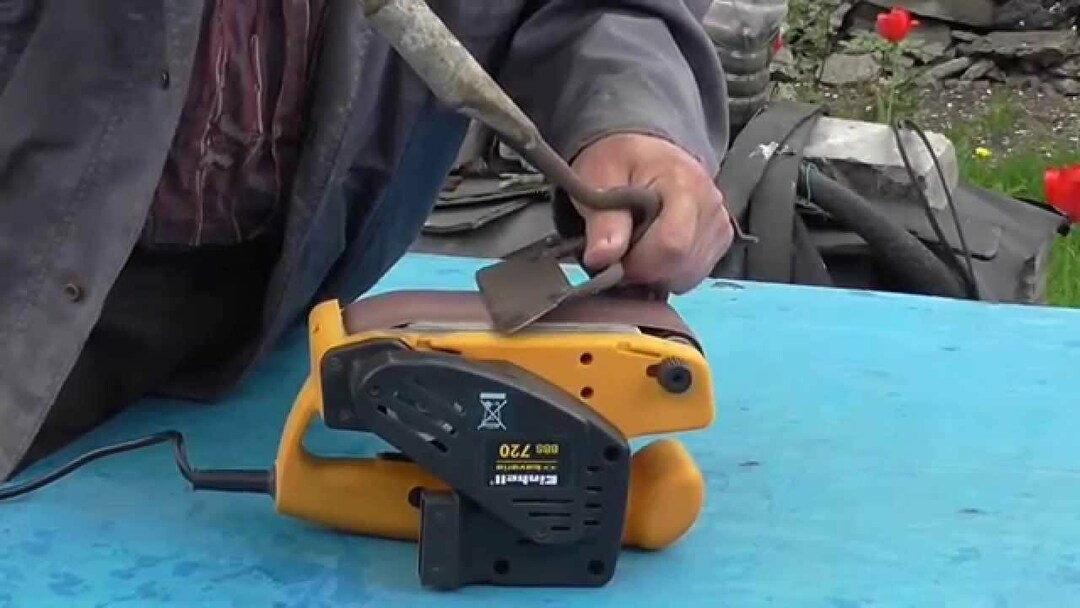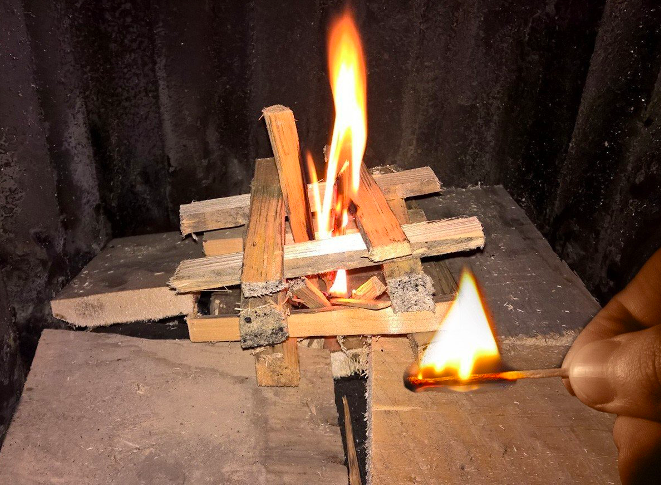Polypropylene pipes are a common type of products that are used in a variety of systems from watering water and underfloor heating to supplying hot coolant, including heating. They are durable, lightweight and affordable, but not without drawbacks. The main types of propylene pipes, as well as their properties are described in detail in the presented material.
The content of the article
- Description and types of polypropylene pipes
- Pros and cons of polypropylene pipes
- Main technical characteristics and classification
Description and types of polypropylene pipes
Studying the characteristics of polypropylene pipes, you need to familiarize yourself with the main types of these products. They are made from the organic polymer of the same name. Such products are resistant to corrosion and internal deposits, since the material does not contain metal or alloys that would be in direct contact with water.
We can say that polypropylene pipes are products made of artificial material, characterized by durability and ease of installation. On the other hand, organics are not so resistant to high temperatures. And in order to eliminate this drawback, manufacturers often perform reinforcement of products, that is, they form a middle layer in the thickness of the material.
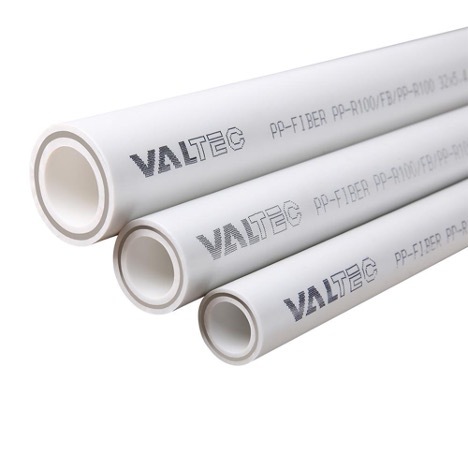
Depending on this, 2 types of polypropylene pipes for heating are distinguished, the technical characteristics of which differ significantly from each other:
- Unreinforced – made of pure propylene, homogeneous throughout, without intermediate layers. They are cheaper, but at the same time they have limited use, since they can withstand temperatures up to 50-60 degrees Celsius.
- reinforced - have an insert in the middle, which significantly improves the resistance to temperature, pressure and increases the service life.
If we consider the characteristics and properties of polypropylene pipes, we should also take into account the classification of reinforced products into 2 types:
- With aluminum insert, they have better resistance to high temperature and pressure. Therefore, they are often used in the central heating system, hot water supply. The weight of the polypropylene pipe is small (about 130-260 g per 1 m), so the installation is quite simple.
- With fiberglass insert. Such pipes have the lowest coefficient of longitudinal expansion. Fiberglass fiber is the middle layer that is sewn between polypropylene. It reduces deformation from temperature, levels the effect of pressure, but does not prevent the harmful effects of oxygen diffusion. Therefore, it is aluminum polypropylene pipes for plumbing, the technical characteristics of which are described below, that have the greatest application.
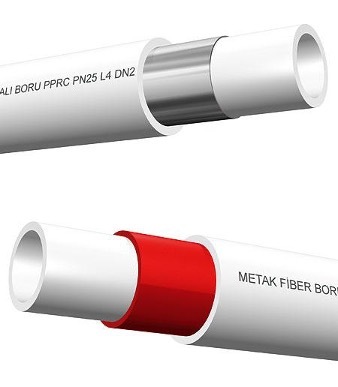
Pros and cons of polypropylene pipes
Considering the technical characteristics of polypropylene pipes, there are quite a few advantages of these products:
- affordable price;
- excellent thermal insulation;
- absolute resistance to corrosion;
- lack of internal pollution thanks to a smooth surface;
- durability (subject to conditions, they serve 40-50 years or more);
- light weight, easy transportation;
- easy installation - can be bent in any direction.
But there are also disadvantages;
- the characteristics of the PP pipe, which does not contain a reinforced insert, do not allow it to withstand temperatures above + 60 ° C;
- the need to use a welding machine for installation;
- from a blow with a sharp object, integrity is irreversibly destroyed;
- repairs and maintenance are more difficult than with metal products.
Main technical characteristics and classification
You need to understand that the types of polypropylene pipes can be very different from each other. Some are suitable only for underfloor heating, others can be used in a hot water system. It is impossible to present general technical characteristics, however, there are average indicators, in the range of which most products fall:
- density 0.90-0.93 g/cm3;
- melting temperature +160оС… +170оС;
- limiting negative operating temperature -20оС;
- thermal conductivity 0.20-0.25 W / (m * K);
- stretching at break by 2-8 times;
- tensile strength 250-400 kg/cm2;
- diameter 16-110 mm;
- wall thickness 1.9-18.4 mm.
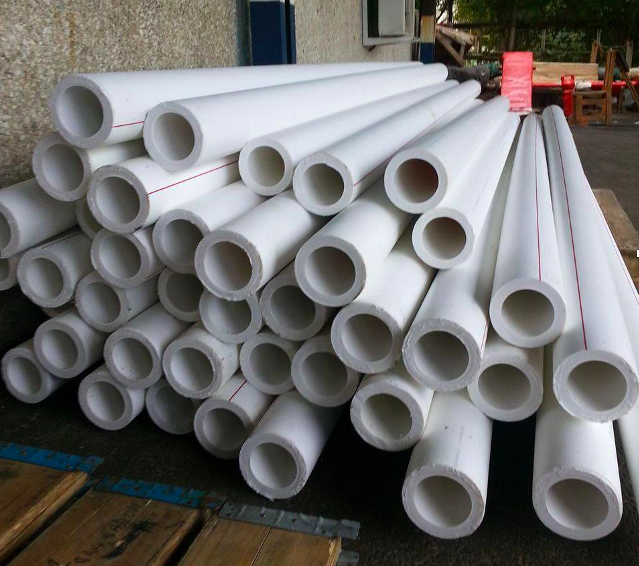
If we talk about what polypropylene pipes are in a purely practical sense, then the most important are the operating temperature range (including the limiting temperature) in °C and the operating pressure in MPa. It is by these indicators that one can understand in which systems it is allowed to use specific products. Depending on them, 4 classes are distinguished:
- PN10 - they are designed for a minimum pressure of only 1 MPa. Withstand temperatures no more than + 45 ° C. These are classic products made of pure polypropylene without inserts. They are used, for example, for irrigation, in irrigation systems.
- PN16 - such products withstand a slightly higher pressure of 1.6 MPa. In this case, the limiting temperature rises to + 60 ° C. They can be used for the same purposes, as well as when installing a warm floor. Moreover, it can be both reinforced and non-reinforced products.
- Polypropylene pipe PN20 – its technical characteristics correspond to a working pressure of 2.0 MPa and a maximum temperature of +80°C. Presented with reinforced and non-reinforced products. This is a universal variant that can be used in a heating system with appropriate temperature limitation.
- There are also polypropylene pipe PN25 with technical characteristics that allow it to be used in any systems, including heating and hot water supply. Such products withstand 2.5 MPa, and the maximum operating temperature is + 95 ° C. These are exclusively reinforced pipes that can withstand the maximum possible loads.
The characteristics of polypropylene pipes provide a long service life, but only if the correct selection is made. It is extremely important to pay attention to the maximum operating temperature, the presence of a reinforced insert. It is better not to take risks and purchase products "with a margin" in case of a pressure drop or an increase in heat.

